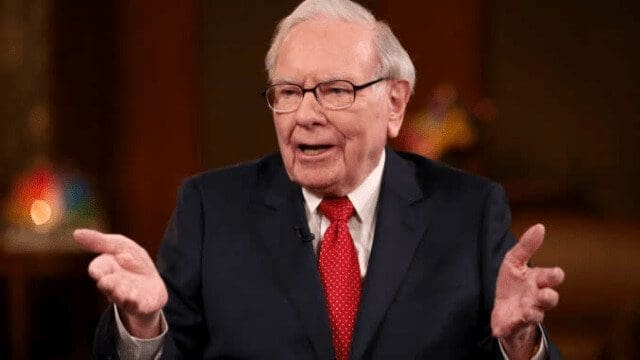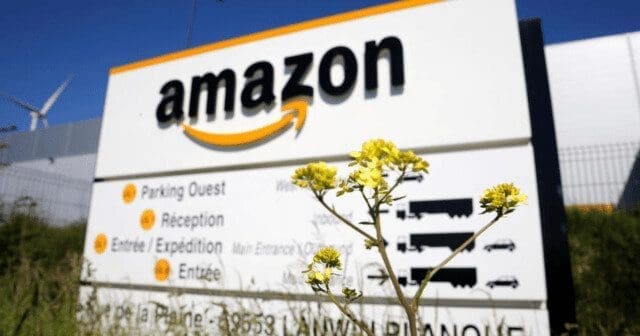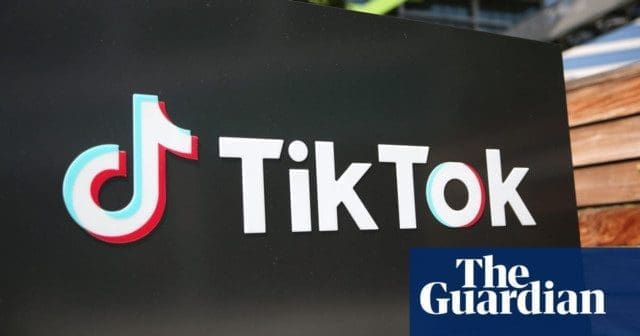Unity Software Inc.made its public debut on Friday, the latest in a string of high-profile initial public offerings (IPO) this week involving tech companies. The stock initially jumped more than 46% above its final offering price, in a scene that’s been played out with each of its peers this week.
The specialist in video game engines first priced its shares in a range of $34 to $42, but in light of substantial interest by investors, raised the offering price to a range of $44 to $48. Unity eventually bumped the opening stock price to $52 on the eve of its IPO, up 37% from the midpoint of its initial range, and the company could have asked for more. The stock soared 35% to above $70 per share at the start of trading, and closed out the trading day at $68.88, more than 32% above its debut price.
What a long, strange trip it’s been
Unity Software took a different path to the public markets than standard IPO practice dictates. In most instances, the pricing and allocation of shares among institutional investors is the job of the investment banks hired to handle the IPO process. Unity’s management, however, wanted a greater hand in the process.
Reports suggest that CEO John Riccitiello and the company’s upper management came up with a makeshift auction in an attempt to maximize the money the company would raise from the IPO. Unity sent missives to the institutional investors asking how many shares they wanted and what they would be willing to pay — even encouraging them to enter multiple bids. Once all the proposals had been submitted, Unity’s management decided on the IPO price based on demand and allocated the shares among those who bid above the final price.
By doing so, the company hoped to increase what it was paid for its shares, while minimizing the first-day pop. Based on the stock’s performance today, however, things didn’t work out quite as well as Unity’s management had hoped.
A red-hot IPO market this week
Whenever someone uses the phrase “red hot,” it’s typically hyperbole, but based on the performance of this week’s slate of IPOs, it was an appropriate description. There were no fewer than five high-profile IPOs this week, and each one lived up to the pre-trading hype.

Image source: Getty Images.
Snowflake Inc. started off the flurry of debuts on Wednesday and was the undisputed belle of the ball. After raising its IPO price range, the data warehouse and analytics specialist eventually priced at 50% higher than initially planned, and even that wasn’t enough to contain investor enthusiasm. The stock more than doubled out of the gate and closed out its first day of trading up 113% to $255, making it the biggest IPO in software history.
JFrog Ltd. had an impressive showing when it made its debut on Thursday, although not nearly to the extent of Snowflake. J Frog Ltd which helps companies manage their software updates, was also forced to raise its IPO price range after investors showed significant appetite for shares. It eventually priced its shares up 26% from the midpoint of the original range, but the stock jumped at the opening to $71 before ending the day at $64.79, up 47%.
While it certainly didn’t get the same level of hype, Sumo Logic Inc. was no slouch when it debuted on Thursday. After initially pricing its shares in a range of $17 to $21, the real-time data analytics expert finally settled on $22. The stock surged 22% at the open, and after meandering throughout the trading day, closed at $26.88, an increase of 22%.
American Well also had a healthy first day on the public markets. The tele-health provider initially priced its shares in a range of $14 to $16 per share, but due to healthy demand, bumped that to $18. The stock opened strong on Thursday, surging 42% above its IPO price, before eventually ending the day above $23 with gains of 28%.

Image source: Getty Images.
What’s driving this IPO fever?
The onset of the pandemic caused a shift to remote work and a distributed workforce, which highlighted the benefits of software as a service (SaaS) and cloud computing, making the companies that provide these services hot commodities. It may also have had the effect of causing private companies that were considering going public to accelerate their plans to get in on the gold rush, moving up their IPO timetable.
While there’s a clear attraction to getting in on the ground floor, investors should consider the additional risks associated with buying a stock at, or soon after, its IPO. This includes a shorter track record and paying a significant premium for a company that has yet to prove itself.
Please follow & like us.
[DISPLAY_ULTIMATE_SOCIAL_ICONS]







